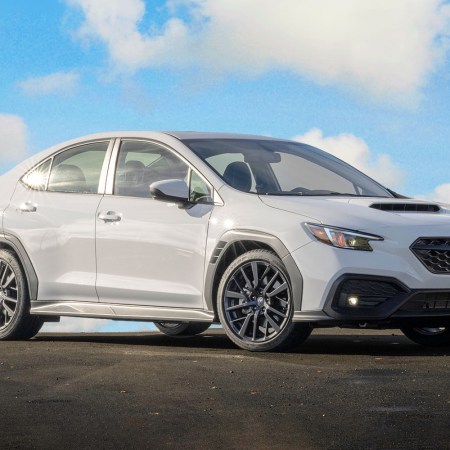If you spend a lot of time driving around the U.S. at night, you’ve probably noticed something: a lot of roads don’t have any illumination after hours. If you’re trying to be conscious of not colliding with a deer or causing an accident, there’s a lot that you’ll need to be aware of — and sometimes, headlight technology doesn’t feel up to the challenge. (I won’t soon forget a moment of driving around rural New Jersey when I realized the road was literally lined with deer on either side, all of them staring at me.)
As Andrew Tarantola details for Engadget, the state of automotive headlights in the U.S. is about to change. Earlier this year, the National Highway Traffic Safety Administration announced that it would allow adaptive driving beam headlights on new cars sold in the United States. As the agency explained, the technology “shine less light on occupied areas of the road and more light on unoccupied areas.”
This headlight technology is already used elsewhere in the world, and offers a number of permutations designed with safety in mind. In some cases, these headlights can detect body heat to identify a person out for a walk; in others, they can project driving directions or speed limits on the road ahead.
As the Engadget article explains, this headlight technology has also been used in Europe to more effectively illuminate roads when driving in rainy or snowy conditions. The technology and features differ significantly from automaker to automaker and from country to country.
The NHTSA’s announcement notes that the rules “are intended to allow manufacturers to offer this technology and establish performance requirements for these systems to ensure that they operate safely.” What that will translate to in terms of headlight offerings in the coming years remains to be seen — but it’s a big step forward towards safer roads.
Thanks for reading InsideHook. Sign up for our daily newsletter and be in the know.


















